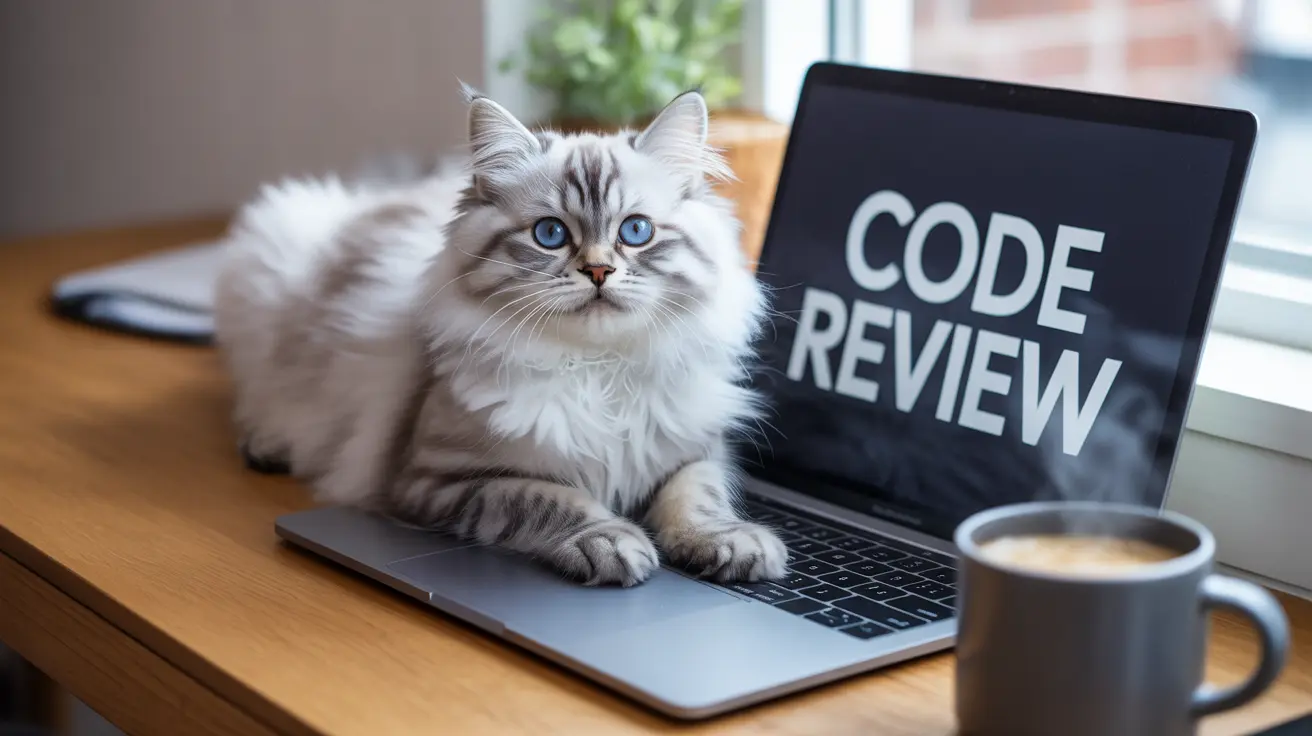The Science Behind Cat Mirroring
Cat mirroring is more than just coincidental behavior. Scientific research has shown that cats possess sophisticated cognitive abilities that enable them to observe, learn from, and imitate the actions of others. A groundbreaking study in Japan demonstrated this through a cat named Ebisu, who successfully replicated human actions with an impressive 81% accuracy rate.
Research has also revealed that cats can develop personality traits similar to their owners through prolonged interaction and behavioral mirroring. This adaptation showcases their remarkable social plasticity and ability to form deep emotional connections.
Common Forms of Cat Mirroring Behavior
Daily Routine Synchronization
One of the most noticeable forms of cat mirroring occurs in daily routines. Cats often:
- Wake up and sleep at similar times to their owners
- Join their humans during meals or work sessions
- Follow their owners from room to room
- Participate in regular household activities
Emotional Mirroring
Cats demonstrate remarkable emotional intelligence through their ability to mirror their owners' moods and emotional states. They may become more subdued when their owner is sad, more playful when their owner is happy, or even display signs of stress when their human companion is anxious.
The Social Benefits of Mirroring
Cat mirroring serves several important social functions in the human-feline relationship. It helps strengthen bonds, facilitates communication, and creates a sense of belonging within the household. This behavior also demonstrates the sophisticated social adaptation capabilities that have evolved through thousands of years of domestic cat-human coexistence.
When Mirroring Becomes Excessive
While cat mirroring is generally positive, it can sometimes become problematic. Signs of excessive mirroring might include:
- Extreme dependency on human presence
- Inability to function independently
- Adoption of harmful or stressed behaviors
- Compulsive copying of human actions
Nurturing Healthy Mirroring Behaviors
To encourage positive mirroring while preventing problematic patterns, consider:
- Establishing consistent daily routines
- Providing environmental enrichment
- Maintaining calm and positive energy
- Offering independent play opportunities
- Creating dedicated interaction times
Frequently Asked Questions
What is cat mirroring and why do cats copy their owners' behavior?
Cat mirroring is a natural behavior where cats imitate their owners' actions and routines. This behavior stems from their social nature and desire to strengthen bonds with their human family members. It's both an instinctive and learned behavior that helps cats adapt to their domestic environment.
How does cat mirroring help strengthen the bond between cats and their humans?
Mirroring creates shared experiences and synchronized routines that foster emotional connection. When cats mirror their owners' behaviors, it demonstrates trust and social attachment, leading to stronger bonds and better communication between pets and their humans.
Can cats mirror their owners' emotions, and how does this affect their behavior?
Yes, cats can detect and mirror their owners' emotional states. They may become more affectionate when their owner is sad, more energetic when their owner is happy, or anxious when their owner is stressed, showing their capacity for emotional attunement.
Why do cats sometimes follow their owners around or mimic daily routines like sitting on laptops?
This behavior reflects both social bonding and territorial instincts. Cats follow their owners to maintain proximity to their social group and resources. Mimicking activities like sitting on laptops is often an attempt to participate in their owner's activities and maintain social connection.
Is cat mirroring always positive, or can it become a behavioral problem requiring intervention?
While cat mirroring is typically positive, it can become problematic if it leads to excessive dependency or the adoption of negative behaviors. If mirroring becomes compulsive or distressing, consulting with a veterinarian or animal behaviorist may be necessary.
Conclusion
Cat mirroring represents one of the most fascinating aspects of feline behavior, highlighting the deep social and emotional capabilities of our feline companions. By understanding this behavior, we can better appreciate and nurture the special bond we share with our cats while ensuring their emotional and behavioral well-being remains balanced and healthy.






